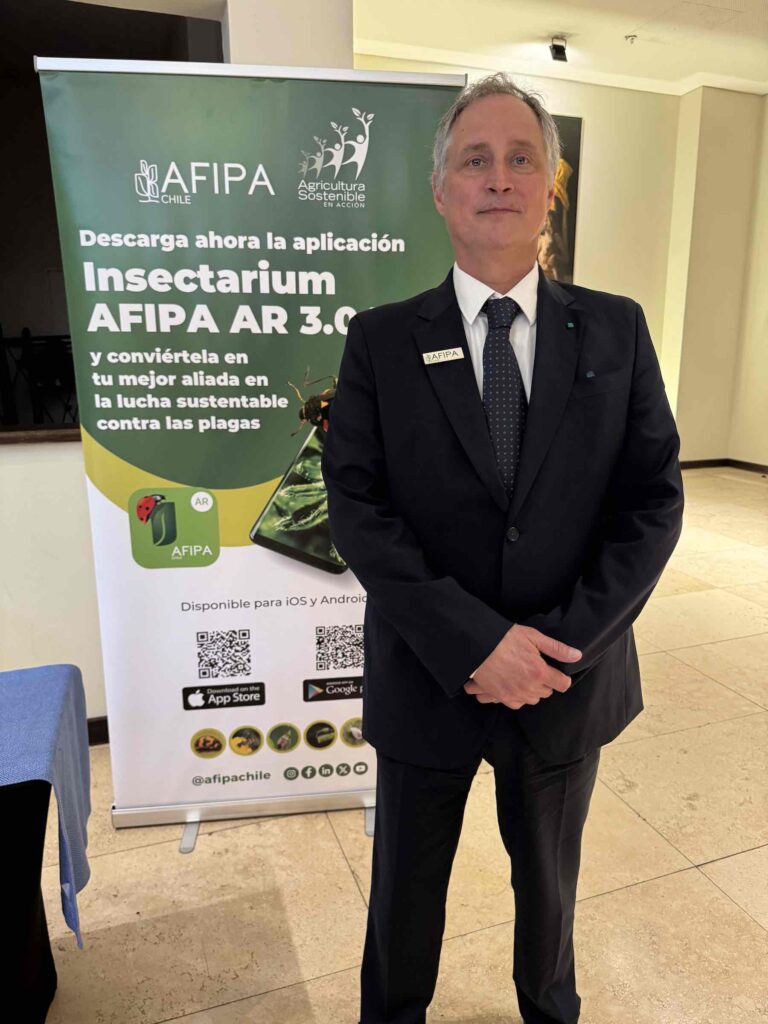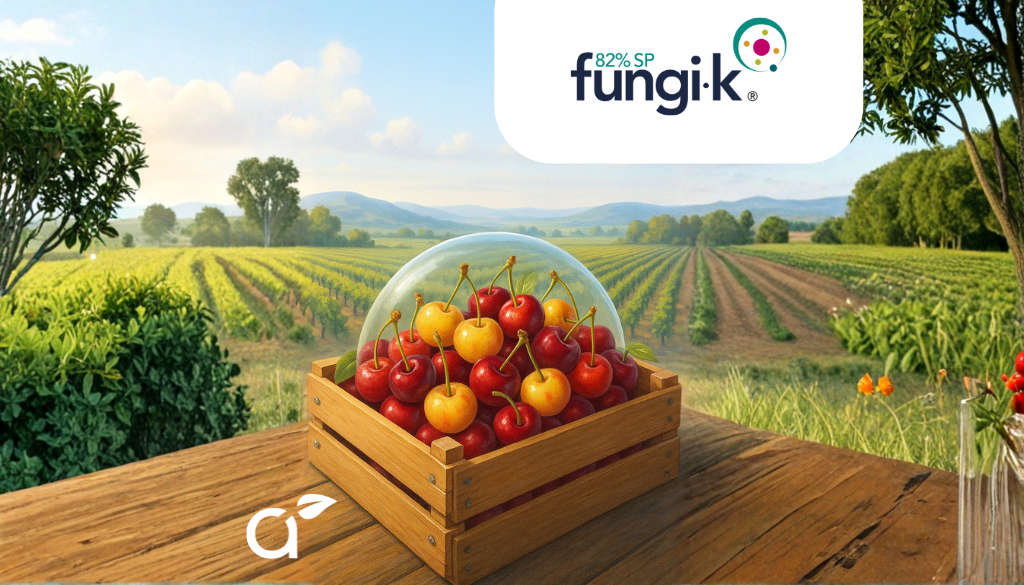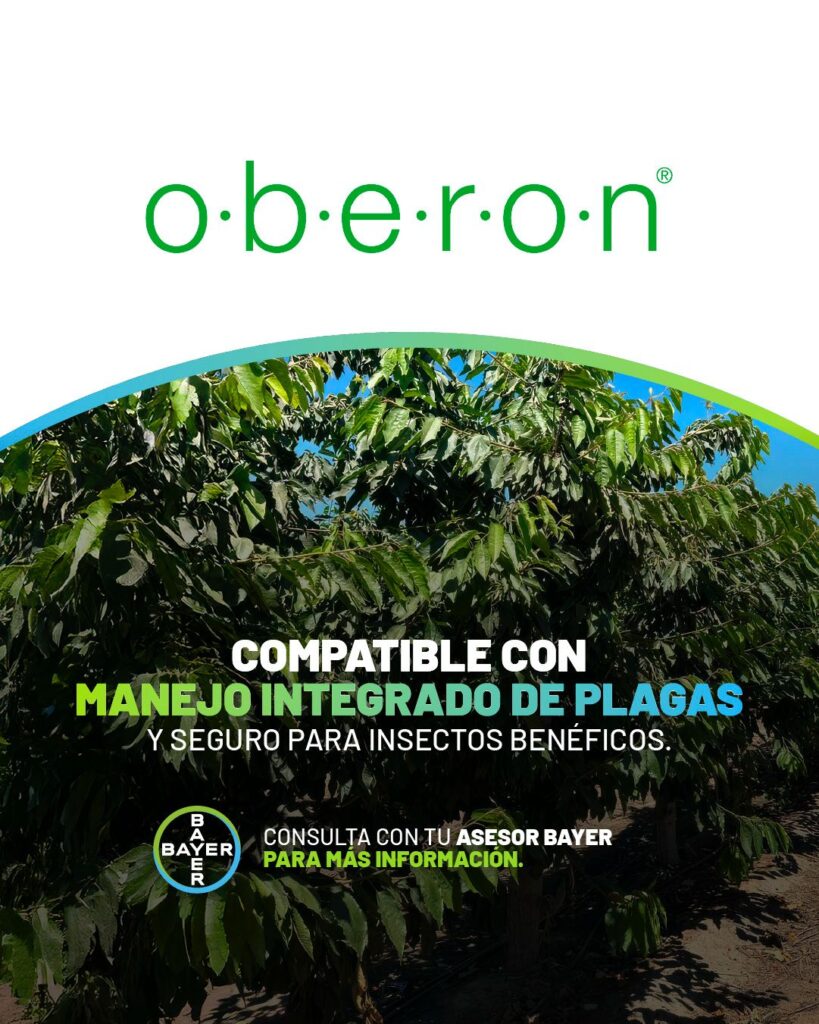
An innovative underground drip irrigation system, inspired by Israeli techniques, is changing the agricultural landscape after years of drought in the Valparaíso region, specifically in the commune of San Esteban where an intra-farm irrigation project, implemented by INDAP Valparaíso with support from the mining company Angloamerican, promises to increase productivity and water efficiency in an area that has struggled with water scarcity for more than a decade.
The initiative, a pioneer in the region, has several advantages, including increased crop production. It also prevents surface evaporation and improves efficiency by maximizing the absorption of water and nutrients in the roots.
The farmer who benefited from this project was Benjamín Delgado, from the El Cobre sector of the San Esteban commune, an INDAP user from the Los Andes area, who also belongs to the Technical Advisory Program (SAT Carozos) and is dedicated to the production of stone fruits and walnuts. “It has been very good. This underground system was implemented about a month ago, so we are testing it and it works very well. After installing the system, I planted about 800 peach trees. Before these last rains, we checked and it was noticeable that the soil was wet. Before, I had alfalfa and I watered very little, there was little water due to the drought and what I watered I did it through furrows, so I lost a lot of water. Now, as I have been doing, I have to water the soil in the same way.
The system is underground, the water is better protected and the humidity is used, it is not lost through evaporation." he assured.
Drip irrigation

Subsurface drip irrigation is an efficient irrigation technique that consists of applying water under the surface of the soil. Micropipes are used for this purpose, buried at a depth that can vary between 10 and 50 centimetres, depending on the type of soil, and which emit a low flow rate, ranging from 0.5 to 8 litres per hour.
“This project integrates technology and innovation and offers several advantages for crops. In the case of fruit trees, we have better management of pruning and weeding, because by keeping the soil dry on the surface, weeds do not compete for water. Also, evaporation and labor for maintenance of irrigation lines are reduced. It even improves the quality of life of the farmer, saves time and, of course, there is greater productivity. We believe that the effects of climate change, such as drought or the recent arrival of phenomena such as El Niño, make this irrigation system an important alternative for the future of the region,” said the area manager of INDAP Los Andes, Javier Hidalgo.
It is worth noting that this initiative, carried out by the INDAP Los Andes area, was made possible thanks to an Intra-farm Irrigation Project of INDAP Valparaíso and required an INDAP incentive of $7,079,815.- with a contribution from Anglo American of $2,000,000.- and a contribution from the farmer of 1,600,000.








